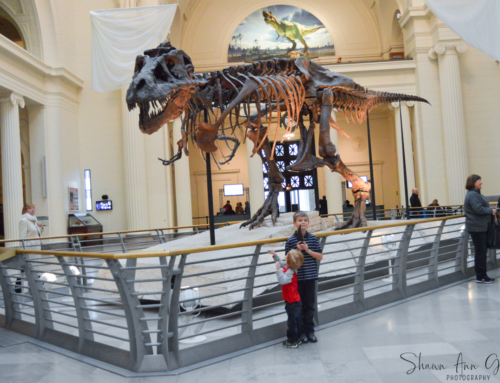If you ever find yourself in southern California, visit and explore Joshua Tree National Park. It is where you will see two distinct desert ecosystems; the Mojave Desert and the Colorado Desert. It has been a U.S. National Monument since 1936 and declared a US National Park in 1994. It received its name from the Joshua trees that are native to the park. We had the chance to visit the park during our recent road trip from San Diego to Michigan. 
Joshua Tree National Park
Not only will you find a variety of plants and animals there that make the sculpted lands their home. But you’ll realize just how fascinating the lands have been created by strong winds and the occasional torrents of rain. 
We didn’t go camping or hiking while there, however, you can do both. You can enjoy the dark night skies, rich cultural history, and the surreal geological features that add to the wonder of the wilderness.

We did do a little exploring while driving through the Mojave desert and I want to make another trip! Not sure when we will make it out to southern California again, but it’s a must. What better way to explore a national park than to go camping in one, or more, of its nine developed campgrounds?

Be sure to keep the wildlife wild.
- Do not disturb the wildlife and be sure to clean up after yourself.
- Keep your distance. If you happen to come across a wild animal in its natural habitat, don’t get too close. Go ahead and take your pictures, but do not get close.
- Do not feed the wildlife. If a wild animal gets used to being fed by visitors, then you are putting yourself and the animals at risk.
- All pets must remain on a leash and know where and when you can have your pets with you.
Joshua Tree
Joshua trees are fast growers for the desert; new seedlings may grow at an average rate of 7.6 cm (3.0 in) per year in their first ten years, then only about 3.8 cm (1.5 in) per year.[15] The trunk consists of thousands of small fibers and lacks annual growth rings, making it difficult to determine the tree’s age. This tree has a top-heavy branch system, but also what has been described as a “deep and extensive” root system, with roots reaching up to 11 m (36 ft).[2] If it survives the rigors of the desert, it can live for hundreds of years; some specimens survive a thousand years. The tallest trees reach about 15 m (49 ft). New plants can grow from seed, but in some populations, new stems grow from underground rhizomes that spread out around the parent tree. – Wikipedia





Leave A Comment